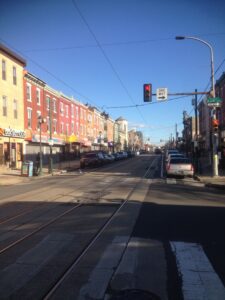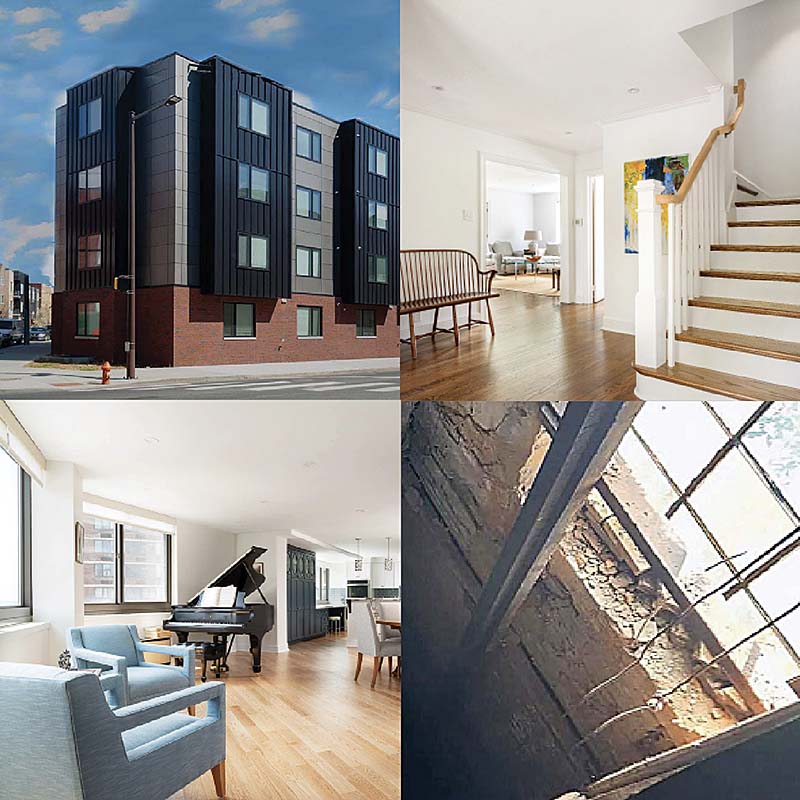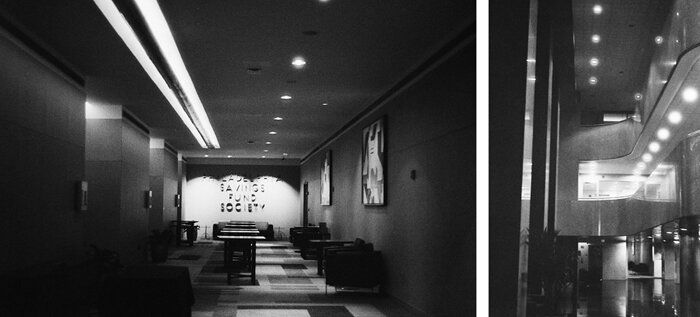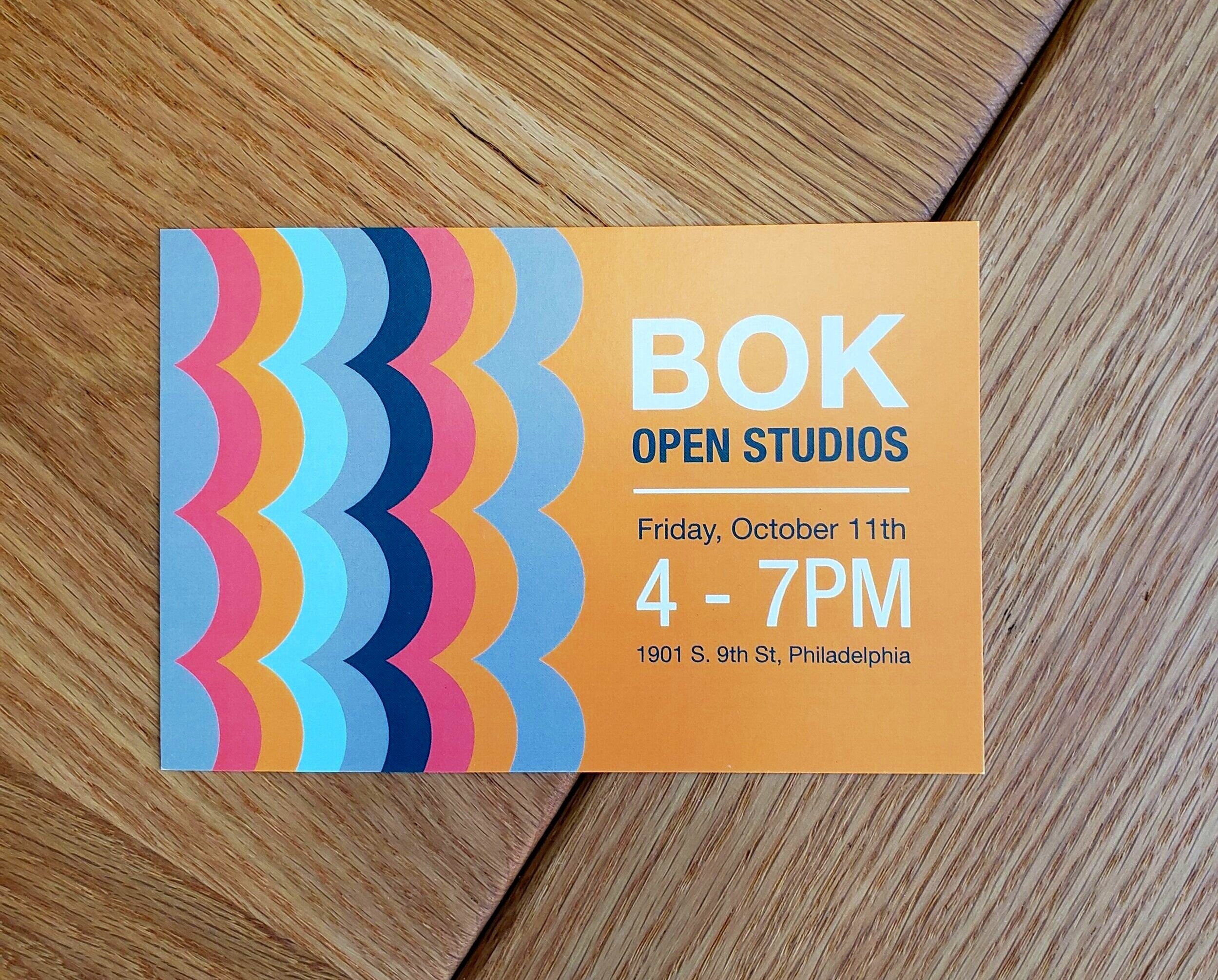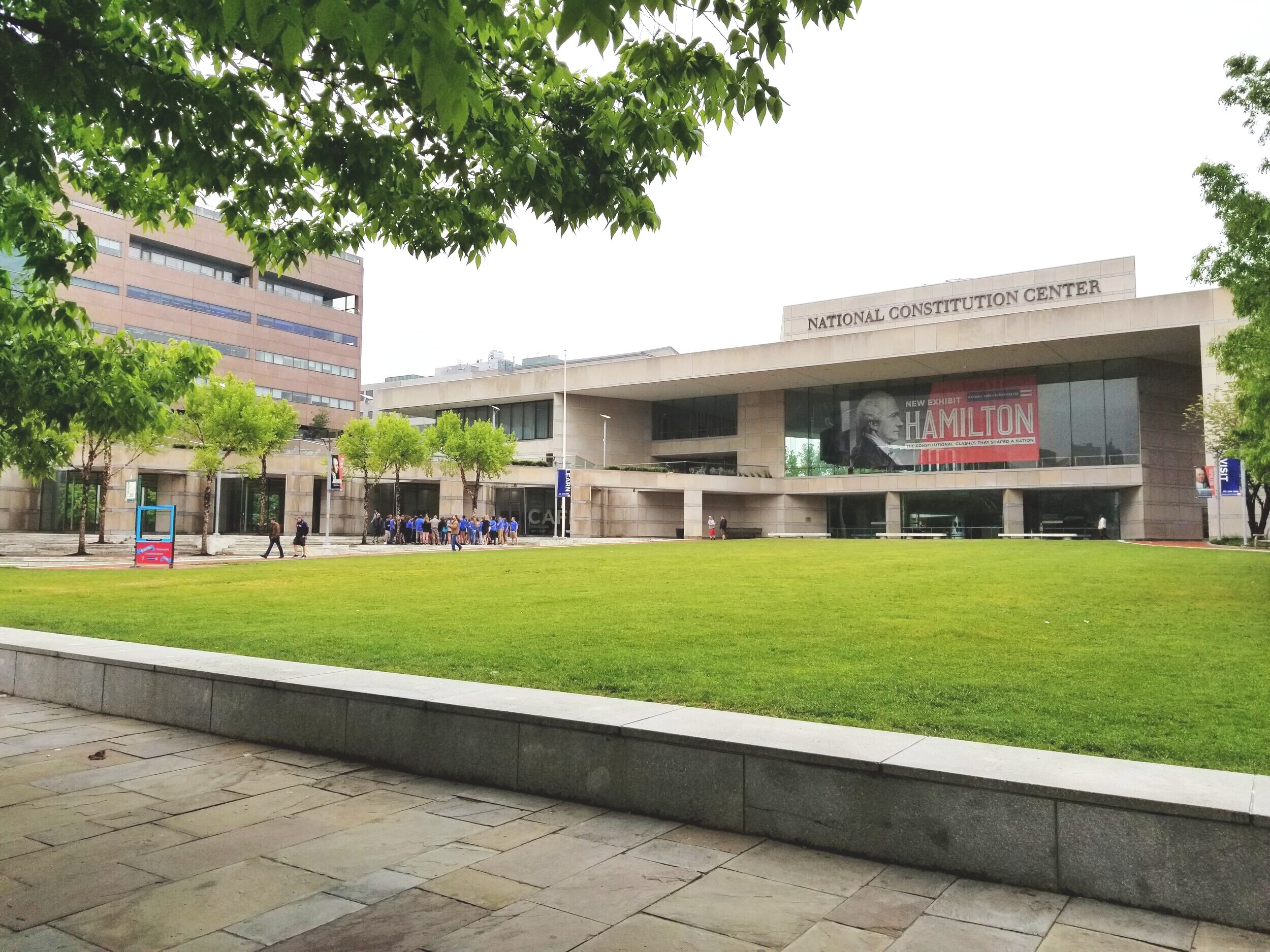by David Fisher
A little over a year ago, I traveled to Belgium with my freshman-year roommate from Drexel University and his mother. We stayed in Brussels and spent most of our time visiting local relatives of my friend and traveling around the country. As the capital of Belgium and the seat of the European Union, Brussels is a city full of grand European architecture. What piqued my interest, however, was the chaotic juxtaposition of architectural styles that are found all over the city.
The typical Brussels residential street contains a surprising diversity of housing styles that butt-up against one another quite literally. Brussels is famous for Art-Nouveau and Art-Deco architecture that embodies the principles of Gesamtkunstwerk (A German word meaning: a complete work of art) found in many European houses from the early 20th Century. Art-Nouveau architecture makes use of iron and woodwork in sinuous details on building facades and throughout interior fixtures and decor. Details in these houses are often nature-inspired and contain imagery of plants and greenery as an incorporated form of art into the houses’ structure and expression. Brussels is the birthplace of Art-Nouveau architecture and has a number of famous examples of the style scattered throughout the city. Sadly, Art-Nouveau fell out of fashion in Europe and new forms of architecture replaced many existing Art-Nouveau structures.
Because of the ever-changing taste in architecture, Brussels has many streets with houses of all shapes, styles, and sizes all packed into rows. As I walked or drove through the city, I could see a four-story Modern apartment building neighboring a very traditional three-story European townhouse, followed by a historic or recreated version of an Art-Nouveau house. Rooflines constantly changed along the roads and almost no coherence between buildings could be seen most of the time. It certainly creates a unique aesthetic to the city of Brussels, but it is not one that particularly appeals to me.
 Art Nouveau architecture of Brussels
Art Nouveau architecture of Brussels
 Apartments in Mantua
Apartments in Mantua
Having spent the past two years in Philadelphia, I have begun to notice some similarities between Brussels and the City of Brotherly Love. Both cities have quite a rich history respectively, and contain vibrant city centers with large administrative buildings and sleek modern towers. In the residential areas in both of the cities, various kinds of architectural styles can be found between neighboring houses in a row. While Brussels has a bit more extreme of a difference between neighboring houses, I have found many interesting design decisions in Philadelphia on streets with traditional row house designs. Mantua alone has a growing diversity in rowhouse styles and house types. With Drexel University continuing to grow and influence the North end of West Philadelphia, many vacant lots are being used for new construction to house students. New apartment buildings can be found scattered throughout the neighborhood now and the atmosphere of the neighborhood, architecturally, can be quite disorienting. As you walk north from Drexel’s campus, dormitories become re-purposed manors, then rowhouses from a particular time period, then renovated or new buildings, and then the same or a different traditional style of rowhouse. For the most part, streets remain architecturally consistent as you move east and west with a couple of variations between blocks, but much of Mantua has a mixed identity of what type of house you will see.
 Building styles juxtaposed.
Building styles juxtaposed.
In the time that I’ve traveled to South Philadelphia to work here at Toner Architects, I have noticed that much of the city is experiencing this same recreation of streets into interesting combinations of rowhouse styles. All around the city there are new breaks in the grid of the city and the rooflines of houses. Almost every house in the city seems to have its own identity that either subtly changes the order of the street, or makes a noticeable statement of breaking away from the surrounding architectural context. It would seem that the easiest way to observe the changes happening in the city, is to observe the decisions people make regarding the forms and styles of houses they occupy.
David is a a co-op student, attending Drexel University and working full-time as an architectural designer.

